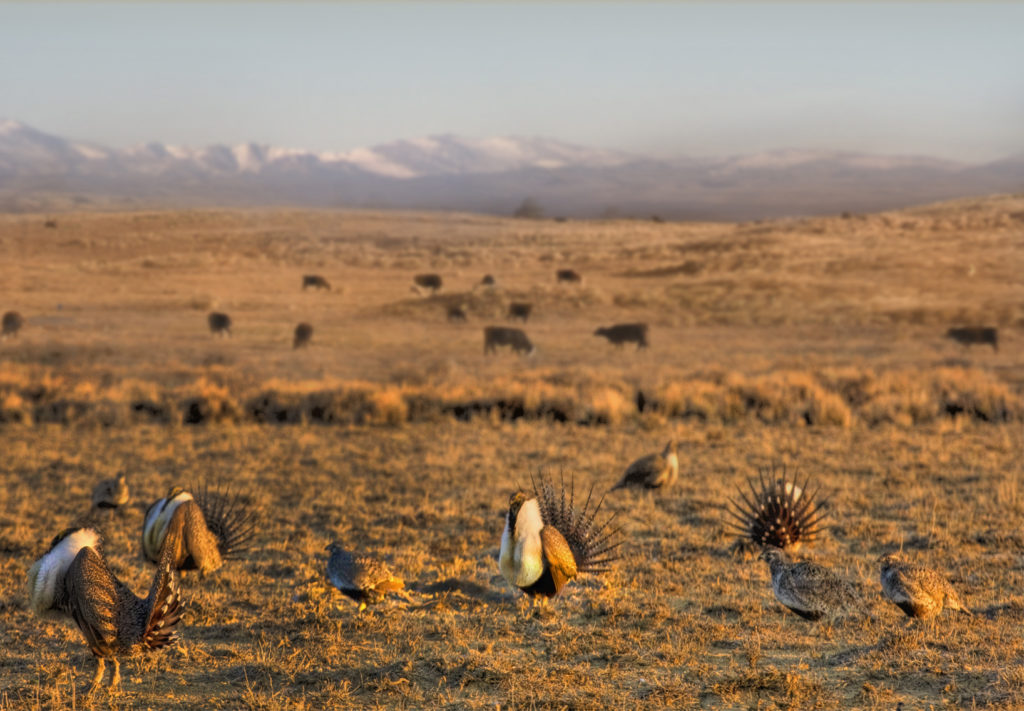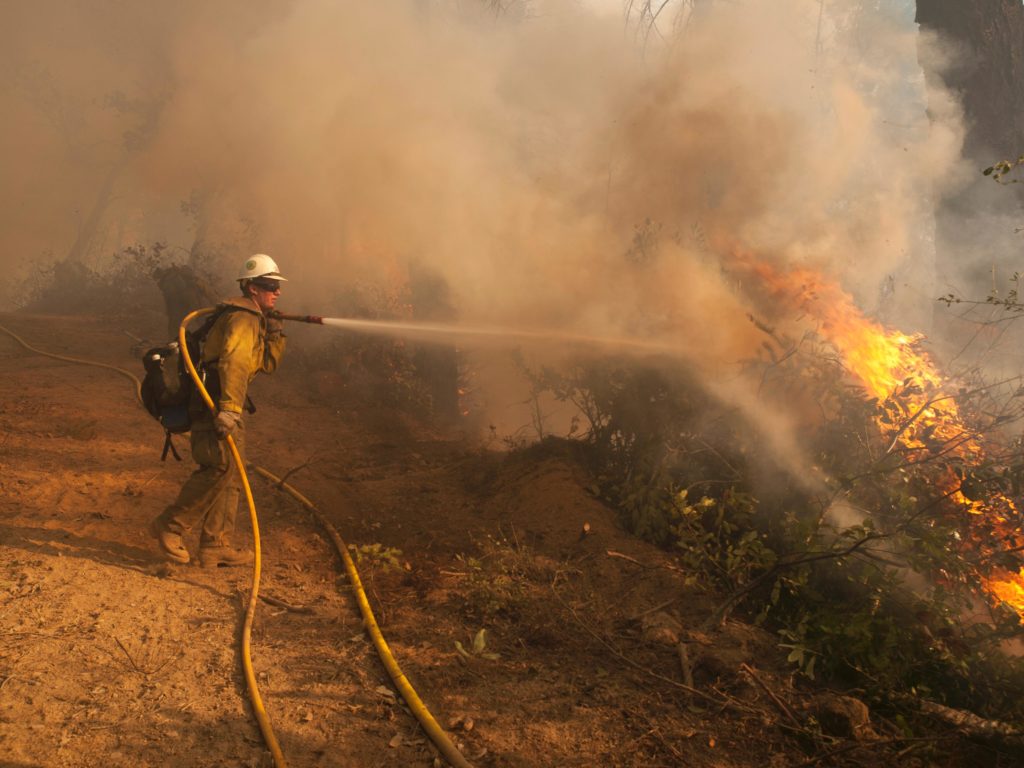Our summer intern leaves for the fall semester with a newfound appreciation for habitat conservation, sportsmen’s access, and the outdoor recreation economy

After a summer interning for the TRCP in Washington, D.C., I’m headed back to school with a whole new perspective on conservation policy, Congress, and the role of sportsmen. So, for my final blog, I’d like to share a little bit of what I learned about the TRCP and what they do for sportsmen and women across the country.
From day one, I was surprised by the range of issues that impact our ability to hunt and fish. For example, at first glance, the Farm Bill might not seem that important to sportsmen, but I learned that this giant bill encompasses many provisions that affect wildlife. The Conservation Reserve Program (CRP), in particular, helps establish and conserve habitat for quail, pheasants, waterfowl, whitetails, and countless other critters that are important to sportsmen. For you anglers out there, CRP also helps protect 170,000 stream miles through riparian buffers, which keep pollutants from reaching the water.
I was surprised that despite support from farmers, sportsmen, and both sides of the aisle, eligible CRP acreage has been shrinking, which means less habitat benefits for fish and wildlife. Not only did I see firsthand how the TRCP engaged in discussion with partners about how to protect the program, but I also got to sit courtside as we launched a #CRPWorks petition to urge lawmakers to build a better CRP in the next Farm Bill.
Because of the TRCP’s Sportsmen’s Access campaign and website, I learned a lot about the ongoing threats to America’s public lands, as well. I grew up on the east coast and I go to college in the Midwest, where folks are not as aware of talk about transferring public land to states, despite some local governments’ history of selling or closing off land to recreation. At the TRCP, I gained valuable perspective on this issue from the Western field representatives, who live and work in the communities that would directly feel the impacts of these proposed policies, and the government relations team in D.C., who do their best to share this local sportsmen’s perspective with members of Congress.
I understand now that my name on a petition does make a difference, and when a stack of names—like the more than 32,000 on TRCP’s petition opposing public land transfer—appears on the desk of your Congressmen, it’s hard to ignore. I’m grateful that groups like the TRCP won’t let lawmakers forget that they aren’t standing with their constituents who hunt and fish if they support or vote for land transfer.
I’ve also learned that sometimes the provisions that aren’t included in legislation are just as important to sportsmen as the provisions that are. For example, the TRCP staff has spent a lot of time and energy trying to keep language that would effectively halt federal conservation plans to restore and protect greater sage-grouse habitat out of the National Defense Authorization Act. And, in a big win for public lands this May, lawmakers blocked a proposal to transfer the popular Vieques National Wildlife Refuge to the commonwealth of Puerto Rico for debt relief, a move that would have set a harmful precedent of privatizing public lands that are crucial to outdoor recreation.
Overall, I had an amazing summer here at the TRCP. I learned a ton about federal policy, habitat conservation, the outdoor recreation economy, and how they are interconnected. It’s been great to work with a dedicated staff that is also intelligent and incredibly kind. I came to D.C. as an outdoor enthusiast, and I’m leaving as a well-informed conservation advocate, ready to take action and support the ambitious community of conservation partners I’ve come to admire over the past few months. I look forward to seeing all the great things to come for conservation!
Shannon Fagan was the TRCP summer intern through the Demmer Scholar Program. She is now in her senior year at Michigan State University where she is majoring in Social Relations and Policy and minoring in Science, Technology, Environment and Public Policy.













Shannon,
It is true that citizens all over the United States don’t know that
they own these wonderful public lands. (This land is your land, this land is my land). They will be gone forever, unless the entire country gets on board to stop this sell off of OUR land. As our population increases the last thing we need is less open space for future generation.
Spread the word, especially to your generation. Start with your fellow students at MSU, tell your parents and friends on the east coast. This is land that belongs to your future kids and your grandkids!